T-Mobile adds more 5G radios to its cell sites

T-Mobile is not sitting back on its laurels. The carrier is arguably the early 5G leader in the U.S. thanks to the decision it made to acquire Sprint and grab the 2.5GHz mid-band spectrum it owned. Thanks to the characteristics of these frequencies (they travel farther than high-band and have a faster download data speed than low-band), T-Mobile can deliver faster 5G signals to more people.
While Verizon and AT&T spent approximately $68 billion for C-band licenses that include mid-band airwaves, possible interference with commercial planes has already delayed the date when Verizon and AT&T can start employing these frequencies. The nation's second-largest wireless carrier isn't simply looking to keep its lead in 5G, it wants to pile on.
T-Mobile continues to add new 5G radios to its cell sites with over 900 upgraded last week.
As Fierce Wireless notes, Neville Ray, T-Mobile's President of Technology, received a text from the carrier's chief network officer Ulf Ewaldsson this past Sunday. The text mentioned that T-Mobile added new 5G radios to over 900 cell sites in one week. Ray showed up at this week's Oppenheimer 5G Summit and said, "That was the Sunday-through-Sunday update. 900 sites had received a radio upgrade in mid and/or low band. So the pace at which we’ve been driving these upgrades and this rollout of 5G is phenomenal."
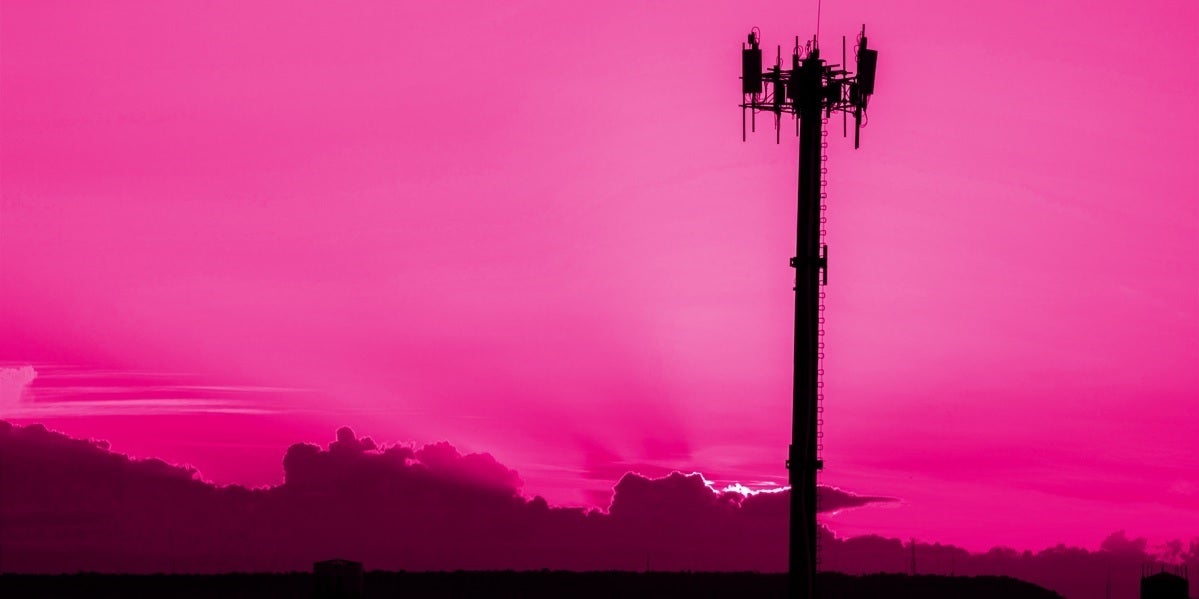
T-Mobile continues to add 5G radios to its cell sites
Ray added that the company is on the way to having more than half of its cell sites upgraded to support 5G. As the executive said, "We’re well on our way to more than 50 percent." T-Mobile's mid-band 5G service, called Ultra Capacity 5G, met its goal of covering 200 million people 6 weeks ahead of schedule. The next goal it has is to reach 300 million people with its Ultra Capacity 5G by the end of 2023 which is five times the geographical area that 200 million is.
Ray admits that VoLTE (voice over LTE) didn't work all that well and he called it "clunky." He also said that it took some time to get the quality of voice up to where it should be. Now, Ray says that Voice over New Radio (VoNR) is being developed. Thinking about the issues that he had to face with VoLTE, Ray said, "We’re facing a little bit of that with 5G, but we’ve learned a lot of lessons from what happened with VoLTE."
T-Mobile's early success in 5G will be enhanced by the building of a stand-alone 5G network. As Ray explains, "But for us, the way I think and my team thinks about where we’re going … We’re a 5G business. We don’t want to be, forever, a 5G, 4G, 3G, 2G business. We want to be a 5G business. That’s why we built out a 5G core."
T-Mobile is the only U.S. carrier to have built a 5G core at this stage and states, "we’re driving very, very hard." To take advantage of 5G's low latency and reliability, Neville says that "You need a stand-alone" 5G core and 5G radio network together.
Mid-band is the most important tier of T-Mobile's 5G triple-layer cake
T-Mobile has been riding its 5G triple-layer cake service to the top of the U.S. market. At its base is the low-band 600MHz spectrum that travels far enough to support nationwide 5G. While these signals can penetrate structures, they deliver download data speeds not much faster than LTE. The middle tier of the cake is the all-important mid-band airwaves that travel longer distances than high-band mmWave signals do, and offer faster speeds than low-band.
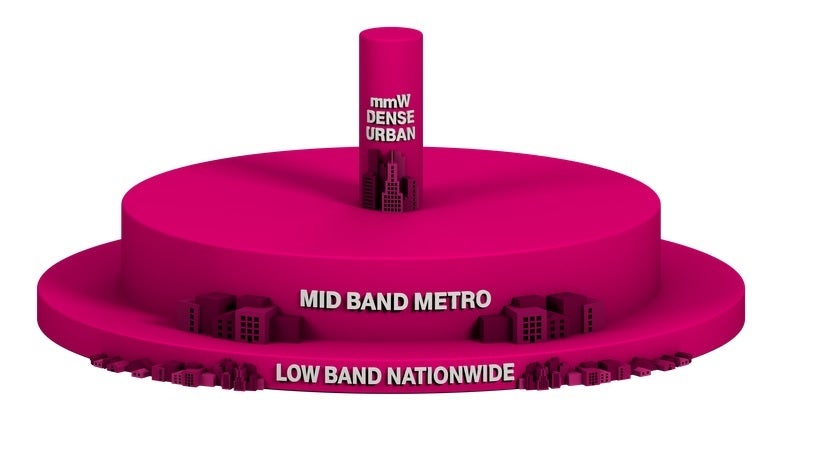
T-Mobile's 5G triple layer cake
At the top of the cake is high-band mmWave which travels short distances, doesn't penetrate structures well, but when you can lock into these signals, you will enjoy the fastest 5G data speeds available.




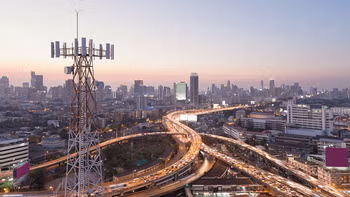

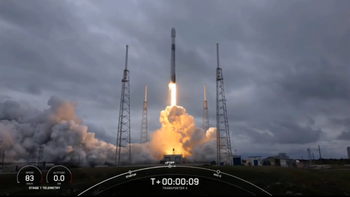

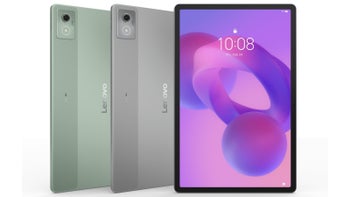
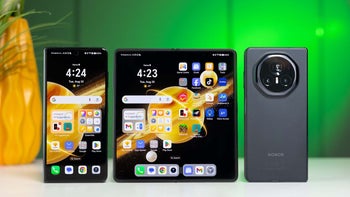


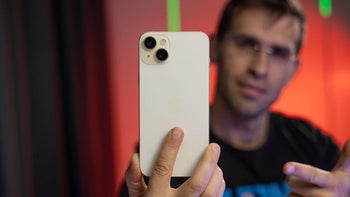
Things that are NOT allowed: